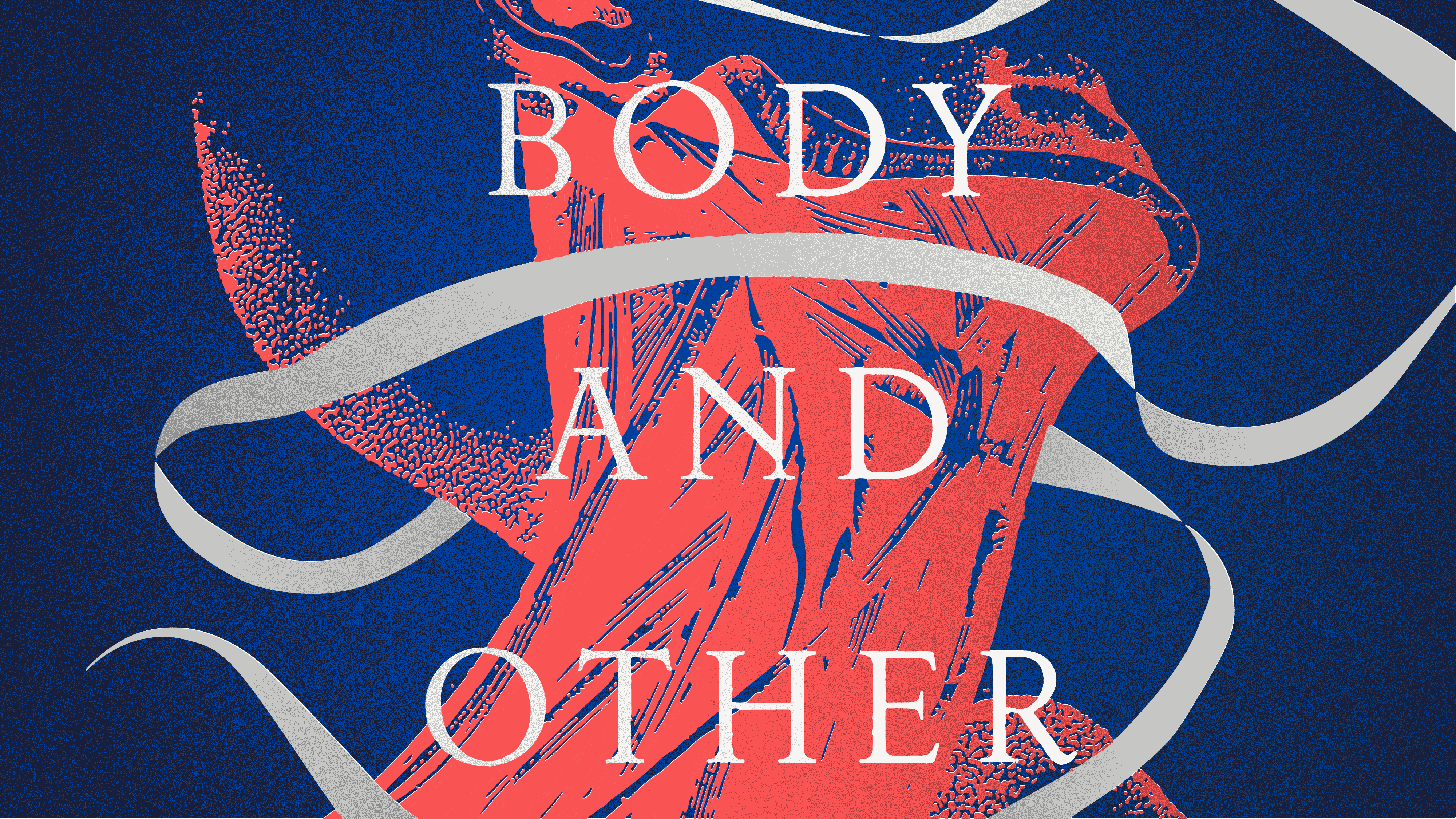In Simon Jimenez’s fantasy novel, “The Spear Cuts Through Water,” two wayward souls travel over five days to overthrow an oppressive emperor and his three cursed sons. It’s a story about revenge, corruption, power, and, as it lets us know at its very beginning, love: Because even though the core narrative is about two men crossing a kingdom on foot, there are plenty of embellishments and surprises along the way.
It is not that ornate an adventure where you’d consider the fantasy centerpiece, but rather the novel’s larger architecture that makes it pop. We are not experiencing the story directly—we hear this tale in three ways: the first being from the protagonist’s grandmother telling him the story as a child, then him recalling her retelling, and finally him in a dream world, where spirits recreate the events on an astral stage. It’s an elaborate setup, jumping between these narratives all ostensibly connected but formally different.
Due to its unique structure, the story has three protagonists: the grandson, who we live vicariously through, and the two journeyers. The grandson is our protagonist but the two journeyers are our primary adventurers. Their growing partnership is easy to latch on to, once it starts going. That’s probably the most difficult aspect of this novel: starting it. At the novel’s onset, you are quickly confronted with multiple narratives, plots, forms, frames without a central character to really hold onto, to weather through the start of the storm. It reveals itself to you once you move past its early section, sometime during Day One, when you realize these elements can just wash over you and will be explained in due time. The narrative picks up even more when the novel introduces its villains: the Three Terrors. The Terrors are the princes of the land, each with evocative backstories and fascinating powers, providing a focus point for the journeyers and the reader. The politics of the world, with the balance between the Terrors, the merchants, the Emperor, and the ordinary citizen is yet another innovative piece of the book. We root for our two adventurers but it is hard to know who they should ultimately stand with.
Beyond that there’s also other formal choices: thoughts from a chorus, the rabble, the lay-people, the occasional ghost, are interspersed within the prose in italics. And opposed to chapters, the book’s large sections (one for each day of the journey) is split by bolded lines. It’s not entirely clear where these lines come from, some being from the lead spiritual narrator onstage and others more clearly the protagonist’s grandmother. Sometimes there are three of these subheadings on a page. And other times, there are none for many pages, the narrative going uninterrupted until a subheading appears again, a reminder of the novel’s conceit. All of this makes for a unique reading experience that in many ways defies conventional attribution. Readers concerned with particularities or neat divisions will find themselves confounded. But that is a feature, not a bug; Jimenez is showing us the trails of history, remembered, forgotten, recalled, retold. Who said it first and exactly what happened has been lost in the generations. What we get now is the impression of what they left behind.
That isn’t to say the novel is not incredibly detailed. This world is lush and brimming, built with its own sense of time and place. I struggle to find a neat comparison because it is not tied to the usual fantasy tropes of “The Lord of the Rings” or other more Eurocentric fantasy stories. The best analog I have for it is Marlon James’ Dark Star trilogy, which draws from African mythology and fables. These works are similar only in that they are like nothing else. Their worlds are vivid, fleshed-out, and exciting.
The rules of “The Spear Cuts Through Water” are distinct and fresh, such as its honoring of cannibalism, its ape-people, and my personal favorite, the psychic tortoises that connect the entire realm. Throughout, we get different origin stories, potential versions of this world’s supernatural history. What is true is never disclosed. The conceit of the journey also works better because the world is so fascinating to experience with its grand rivers, floating villages, massive gates, and hilly fortresses. There are sections of the book that I could read entire novels about, a good sign of the expanse of its imagination.
At the start of the novel, we are told it is a love story. It’s one of many things thrown at the reader when opening the book. But it is also the most rewarding thing about it. The key romance of the novel is very endearing, precisely because of how much it ties to its world. It is clearly built upon this world’s rules, filled with brawls, violence, insecurity, bitterness, paranoia, and some ghostliness. Yet despite some of its unnatural aspects, its growth is very organic. Ultimately, that love has a similar effect as it would in other fantasy novels, of awe-inspiring power, of unlimited inspiration. But the path towards that destination makes that familiar accumulating tension worthwhile. Love is at the core, but surrounding it is darkness, death, and magic. It’s a wonderful story full of heart amidst this novel about terror and misery. It’s only one part of the tapestry, a kaleidoscope of voices and stories, that when brought together, resonate both in theme and content making for an unforgettable fantasy novel.






















